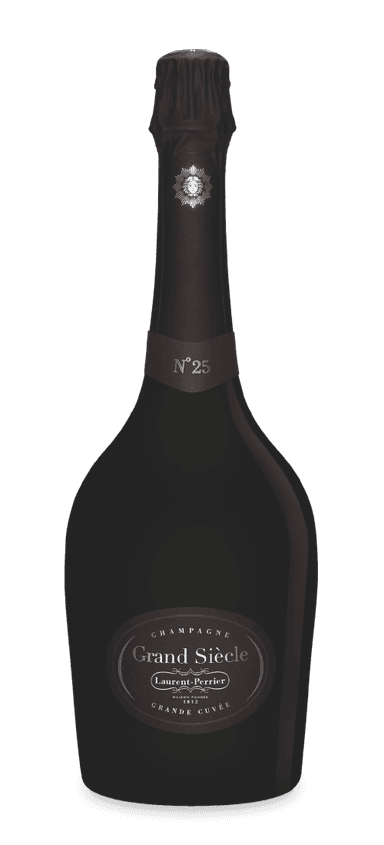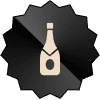- Home/
- Wine Directory/
- France/
- Champagne/
- 1000 Laurent Perrier, Grand Siecle Iteration N°25
Market Data
| Date | Price | Quanity | Platform |
|---|
No Recent Sales Data
The estimated market price factors in data from multiple sources; however, the transaction history shown here reflects sales completed on the Vinovest platform only. Additional transaction data from other marketplaces will be available in future updates.
Where is my wine stored?
Rest easy knowing your wine is in expert hands. We take care of all the storage and handling details for you. Plus, you're always welcome to come by and check out your wine in person.



- Secure Storage
- 100% Insurance
- Legal Protection
Conditions Standards & Authentication
Condition Standards
- All bottles are inspected for label and cork condition
- Fill levels are verified and documented
- Stored in temperature and humidity controlled facilities
- Original packaging preserved when available
- Professional handling and transport protocols
- Condition notes provided for each lot
Authentication Process
- Source Verification
All assets traced to verified sources
- Expert Authentication
Professional assessment and verification
- Secure Storage
Professional facility with full insurance
- Platform Listing
Available for verified investment
About This Wine
The highly anticipated release of Laurent-Perrier Champagne Grand Siècle No. 25 did not disappoint. After all, this vintage Champagne was only the second time the house produced this cuvée in consecutive vintages. The blend features chardonnay and pinot noir from nine grand cru vineyards, as well as three vintages (2006, 2007, and 2008). As Gary Westby of K&L Wines put it, the goal of Grand Siècle No. 25 was to “recreate the ‘perfect’ vintage.” The myriad parts come together in equal parts intensity, brawn, and grace. Floral notes mix with herbs and citrus overtop a compact body loaded with tangy acids. A generous mousse-like complexion tapers into a long and persistent finish. For those with the self-restraint to cellar this beauty, expect the underlying power to emerge with each passing year. The Final Sip: Laurent-Perrier fuses three vintages to create a prestige Champagne greater than the sum of its parts.

